Roofing Types San Antonio TX

Roofing Types San Antonio
Roofing Materials
Asphalt shingles are famous for their affordability, durability, and versatility among metal roofing materials. They suit various climates and effectively protect against rain, snow, and wind. Additionally, they require minimal maintenance when installed correctly.
Tile roofs made of concrete, stainless steel, or thermoplastic polyolefin (TPO) are incredibly durable, with a lifespan of up to 50 years. They are resistant to fire, pests, and rot, making them suitable for areas prone to high humidity or frequent wildfires. These commercial roofing materials are also energy-efficient and lightweight, providing long-lasting protection for your building. Synthetic rubber roofing materials are also gaining popularity for their durability and eco-friendly features, making them suitable for modern homes.
Roofing Tools
Roofing tools are essential for successfully installing and repairing different roofing materials. These tools enable roofing contractors to complete their tasks efficiently and ensure the roof’s durability. Here are some commonly used roofing tools:
1. Hammers: A roofing project requires hammers to drive nails or secure shingles in place. Roofing hammers are designed with a sharp, claw-like end for removing old nails and a flat end for pounding and adjusting asphalt or wooden shingles.
2. Roofing Nail Guns: These power tools are preferred for their speed and efficiency in driving nails into the roofing material. They eliminate the need for manual hammering, saving time and reducing strain on the installer.
3. Utility Knives: Roofing installation and repair often require precise cutting of materials such as shingles or flashing. Utility knives with retractable blades are commonly used to make accurate cuts and trim excess material.
4. Roofing Shovels: These specialized shovels assist in removing old roofing materials during the repair process. With a flat blade and long handle, they facilitate debris removal and ensure a clean surface for installation.
These essential roofing tools, including hammers, nail guns, utility knives, and shovels, are crucial for efficiently installing and repairing various roofing types. By utilizing appropriate tools, roofing contractors can ensure the longevity and reliability of the roof.
Roofing Safety Equipment
Safety harnesses are essential in providing fall protection while working on the roof, regardless of the roof pitch or repairs. They enable workers to securely fasten themselves to a stable anchor point, reducing the risk of falls from heights. Hard hats protect workers from potential head injuries caused by falling objects or accidental bumps on roof surfaces. Safety glasses are necessary to shield eyes from flying debris, harmful chemicals, or intense sunlight.
Gloves are vital to roofing safety equipment, safeguarding hands from cuts, scrapes, and punctures while handling metal roof systems or asphalt shingle roofs. They also provide better grip and dexterity, allowing workers to hold tools and materials more efficiently. Lastly, non-slip footwear helps prevent slips and falls, especially on low-slope roofs or poor-choice roofing surfaces.
By incorporating these safety measures, roofing contractors prioritize the well-being of their workers and minimize the risk of accidents. Ensuring that all necessary safety equipment is provided and properly used on the job site is crucial to maintaining a safe working environment, particularly in commercial roofing projects.
Roofing Terminology
Metal roofing, including seam metal roofing, is popular due to its durability and resistance to extreme weather conditions. It offers excellent protection against fire, rot, and insect damage, making it a long-lasting option for any structure in hot climates. Moreover, metal roofing provides insulation, reduces energy costs, and promotes a comfortable indoor environment. However, metal roofing can be more expensive than other options, such as asphalt shingles.
On the other hand, roofing membranes are known for their waterproofing properties, making them ideal for areas with heavy rainfall or hot climates. They effectively seal roofs against moisture penetration, preventing leaks and water damage. Roofing membranes are also lightweight and easy to install, reducing labor costs and installation time. However, they may require regular maintenance to ensure their longevity and performance.
When considering these roofing types, evaluating the climate, budget, and desired aesthetic is crucial. By understanding the advantages and disadvantages of metal roofing and roofing membranes, you can choose the best roofing material for your needs, especially in extreme weather conditions.
Roofing Trends
Technological advancements have played a crucial role in reshaping the roofing industry. With advanced software and modeling tools, roofers can now create accurate digital roof representations, making planning and executing complex roofing projects easier. These tools also enable homeowners to visualize different roofing options, such as flat or sloped roofs, before making a final decision.
Eco-friendly materials have gained popularity among homeowners who are actively seeking sustainable solutions. Green roofs, for example, have become increasingly sought after due to their many environmental benefits. These roofs, covered in vegetation, provide insulation, reduce stormwater runoff, and improve air quality. Solar panel installations, including solar shingles, have also emerged as a popular trend, allowing homeowners to harness the sun’s power and reduce their reliance on traditional energy sources.
Furthermore, energy efficiency has become a primary concern for homeowners. Roofing options that offer superior insulation and reflectiveness, such as metal or rubber roofing, help regulate indoor temperatures, reducing reliance on air conditioning and heating systems. This benefits the environment and translates into significant energy savings for homeowners.
These trends will likely become even more prevalent as the roofing industry evolves. Technological advancements, eco-friendly materials like ethylene propylene diene monomer (EPDM), and energy-efficient solutions such as wood roofs or composite shingles are reshaping how residential roofs are designed and installed, ultimately benefiting homeowners and the environment.
Roofing Regulations
Building codes vary by jurisdiction and typically outline minimum requirements for wind resistance, fire safety, structural integrity, and energy efficiency. Compliance with these codes is required to obtain permits for roofing projects, including flat or pitched roofs. By adhering to these building codes, contractors ensure the roof is designed and installed to withstand environmental factors and potential hazards.
Permits are necessary for roof installations. They ensure the work is carried out according to regulations and standards, including the type of roofing system used. Local authorities review and approve roofing plans and oversee the process to prevent substandard or unsafe construction practices.
Certifications play a significant role in ensuring the expertise and professionalism of roofing contractors, especially when providing a roofing estimate. Certifications like the National Roofing Contractors Association (NRCA) and the Roofing Contractor Association of America (RCAA) validate contractors’ knowledge and roofing installation and maintenance skills, helping homeowners make informed decisions.
Following these regulations, building codes, permits, and certifications guarantee the safety and durability of roofing systems and protect homeowners from potential hazards and legal issues. By entrusting their roofing projects to certified and licensed contractors who adhere to these guidelines, clients can know that their roofs will be installed and maintained in compliance with industry standards and local regulations.
Roofing Challenges
Structural issues also pose challenges in roofing projects. Uneven or weak structures can compromise the roof’s integrity, making it more susceptible to leaks, sagging, and even collapse. Addressing any underlying structural issues before installing or repairing a roof is essential to ensure its longevity.
Material compatibility is another challenge that needs to be considered. Different roofing materials like wood shingles, green roofing, and seam roofs have different properties and installation requirements. Using incompatible materials or mismatched components can lead to leaks, premature wear, and reduced overall roof durability.
Lastly, maintenance requirements must be noticed. Regular inspections, cleanings, and repairs are necessary to ensure the roof’s longevity. Neglecting proper maintenance, especially for industrial and residential buildings, can accumulate debris, moss, or algae, deteriorating roofing materials over time.
Understanding these roofing challenges is crucial to ensure the longevity and durability of roofs. Homeowners can protect their investment by properly addressing weather conditions, structural issues, material compatibility, and maintenance requirements and enjoy a reliable and long-lasting roof.
Choosing the Right Roofing Types of Solution for Your Needs
Understanding the diverse range of roofing types available, from traditional materials like asphalt shingles and clay tiles to modern options like steel shingles and synthetic rubber, is key to selecting the perfect roofing solution for your property. Each roofing type offers unique advantages in terms of durability, aesthetics, and performance, making it essential to explore all options before making a decision.
At Sky Roofing Construction & Remodeling, we specialize in professional roofing installations tailored to your specific requirements. Our team of experts ensures proper installation, whether for commercial buildings or residential properties, guaranteeing long-lasting protection and aesthetic appeal. Contact us today at (210) 942-9797 to schedule a consultation and experience the difference of quality roofing services.
Learn more about roofing types and the services we offer: https://skyroofingconstructiontx.com/roofing-services/
Quality workmanship done right the first time
Contact Us
Address
415 Balcones Heights Rd.
San Antonio, TX 78201
Contact@SkyRoofingConstructiontx.com
Call Us
(210) 942-9797
The post Roofing Types San Antonio TX appeared first on Roofing Contractor San Antonio - Sky Roofing Construction & Remodeling.
from Roofing Contractor San Antonio – Sky Roofing Construction & Remodeling https://skyroofingconstructiontx.com/roofing-types-san-antonio-tx/
via Sky Roofing Construction & Remodeling
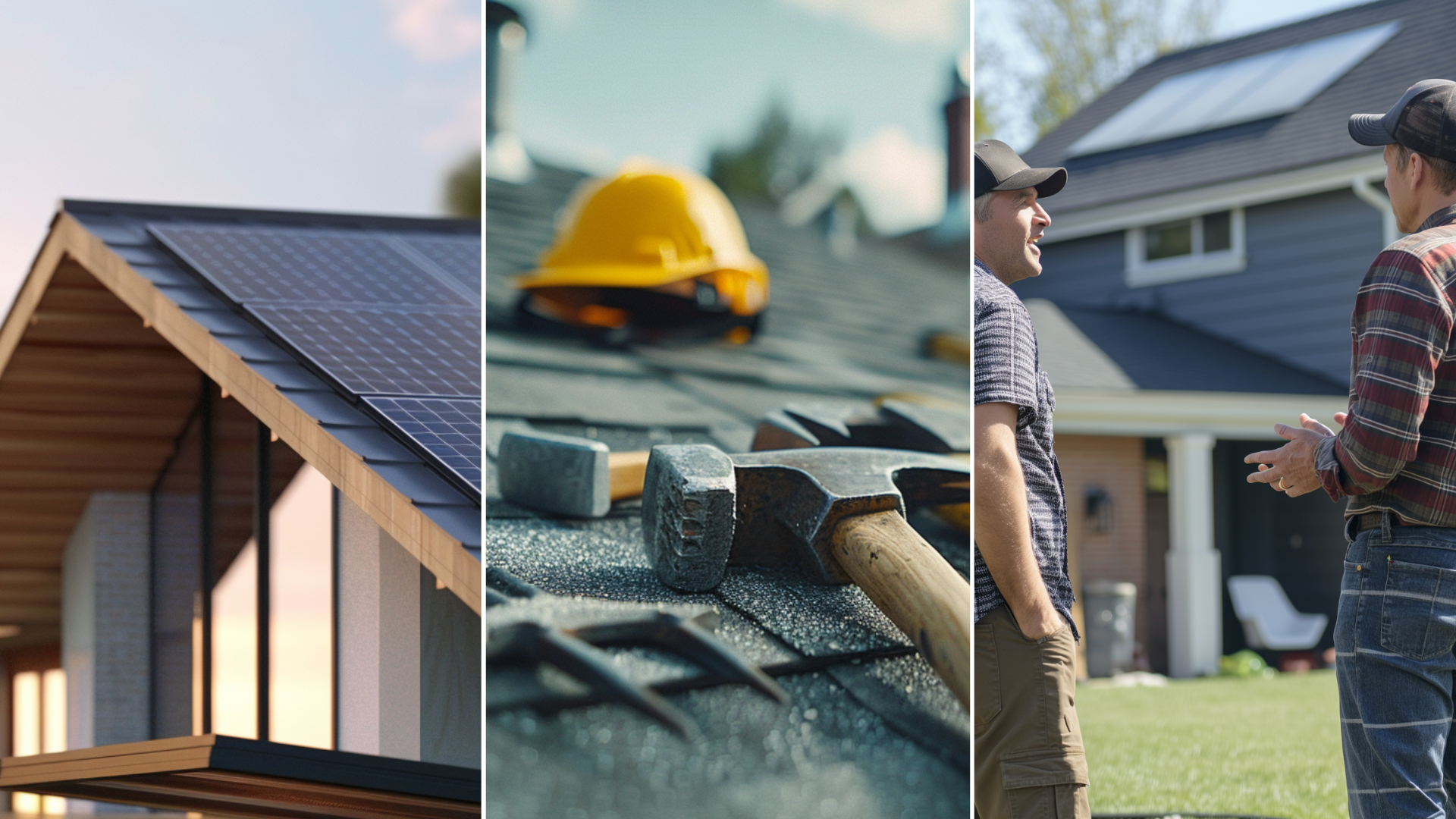
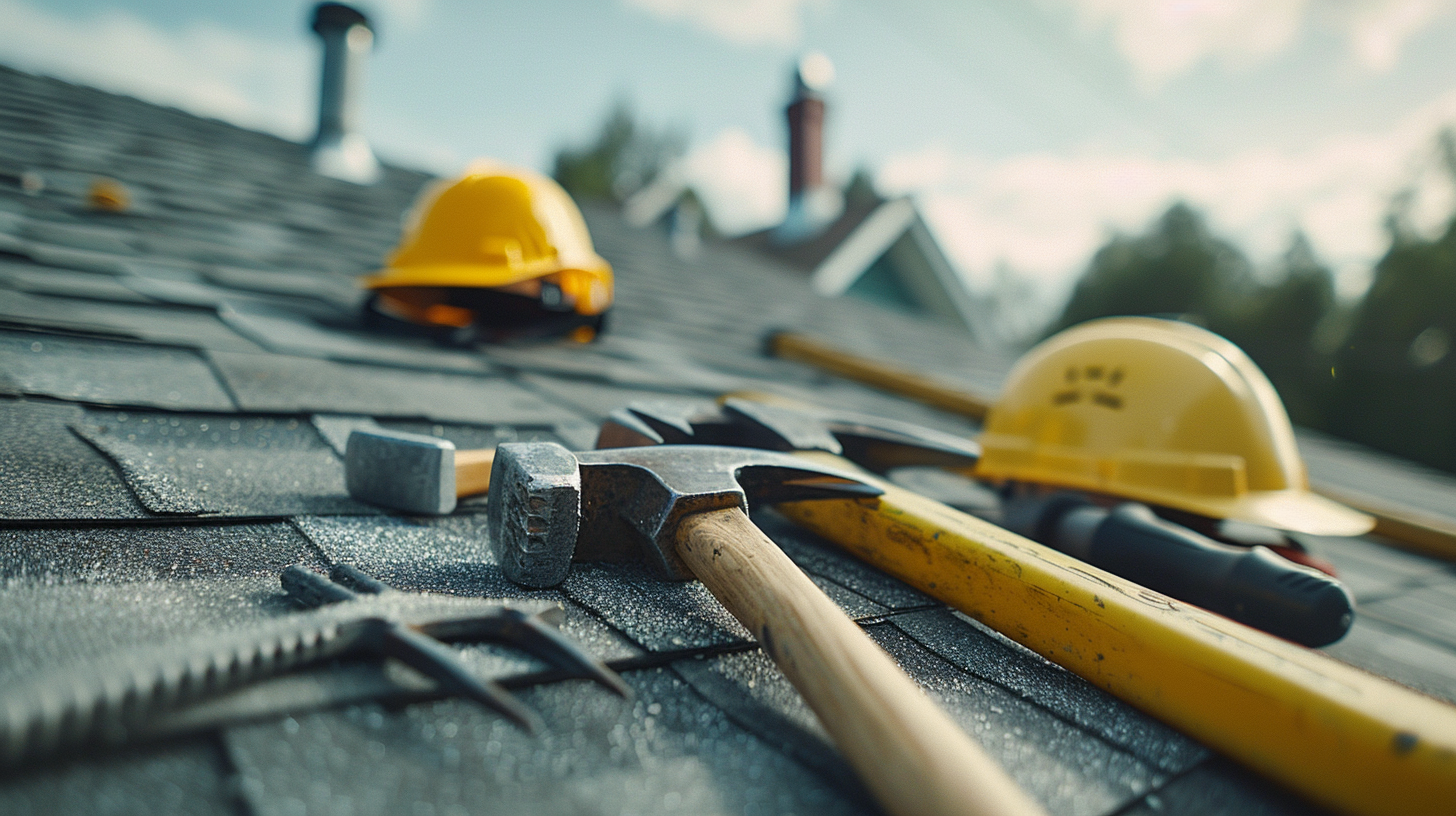
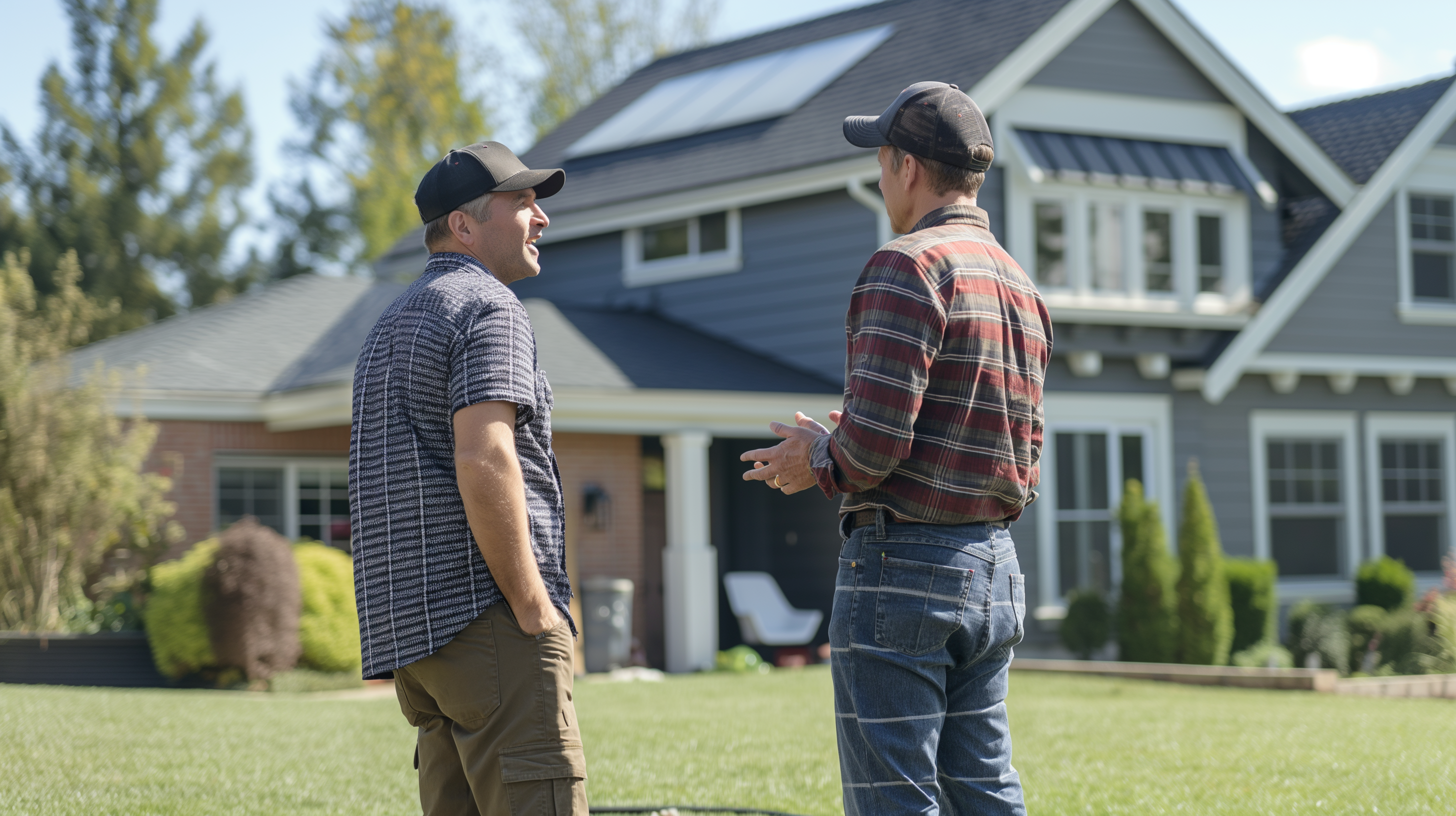
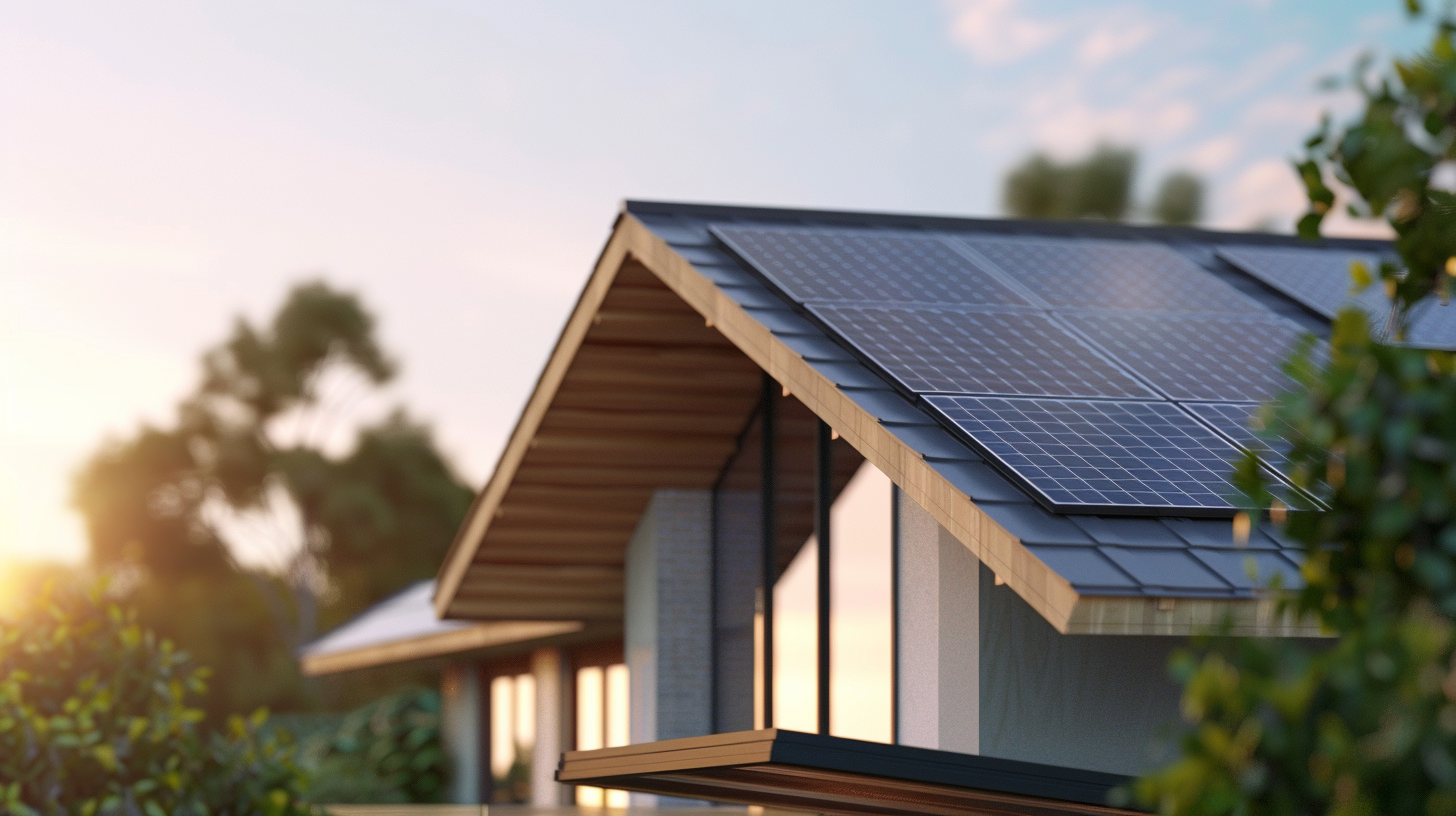
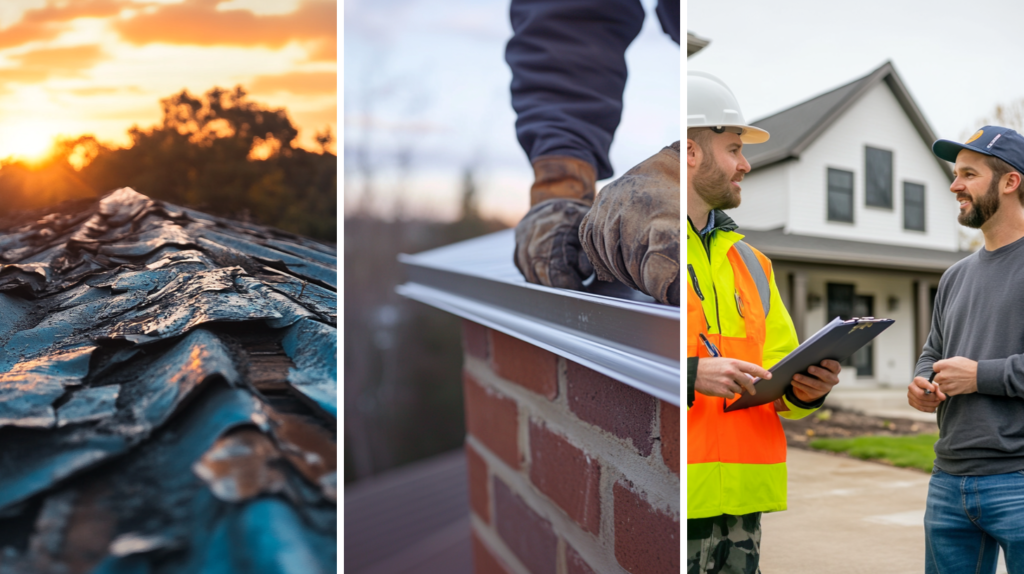
No comments:
Post a Comment